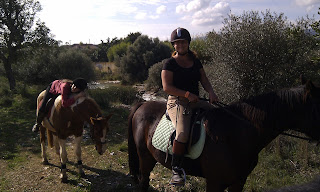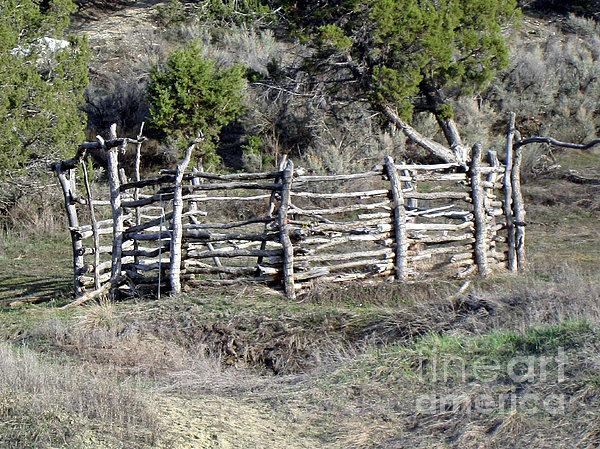Ah, Thanksgiving! Time to think back on our successes this year, appreciate our lot in life, think lovingly of the people who have helped us get where we are and most of all, stuff ourselves with way too much food. Sweet potatoes, green bean casserole, jello salad, yeast rolls, stuffing, pumpkin pie, pecan pie, mincemeat pie and the obligatory turkey and gravy... it's a good thing we only eat this way once a year! But what about our horsey friends? Shouldn't they be able to share this tradition of gratitude and overeating with us?
To make sure that they don't miss out on all the deliciousness I scoured the web for the best recipes to make your own horse treats. That way they'll at least be grateful that we gave them something yummy!!! And if your oven is too full of people food to make room for horsey stuff, have no fear: there are still plenty of "instant" treats you can give your horse that you probably have lying around your house like Ginger snaps, Grapes, Watermelon, Carrots, Lettuce, Bananas, Strawberries, Cereal, Apples, Peppermints and Sugar cubes are just a few.
DISCLAIMER: Please be sure to follow a couple of basic guidelines when feeding treats to your or anyone else's horse:
Starbuck's Savoury Bran Mash - My own recipe!
- 6 cups bran
- 2 cups pellet feed
- 1/2 cup flax seeds
- 1/2 cup garlic flakes
- 2 tablespoons rock salt
- 3 cups water
Combine all ingredients in a bucket and mix well until all ingredients are moist. Serve immediately.
I give Starbuck this treat in her feed bucket after every workout or training session and she absolutely loves it-- the flax seed is good for her coat and hooves, the garlic is great for circulation, her immune system and keeping bugs away and the rock salt makes her thirsty and helps her body to absorb water better.
Baked Carrot Crispies - From MoniteauSaddleClub.com
- 2 carrots,shredded
- 1 apple,shredded
- 1/3 cup molasses
- 3/4 cup flower
- 1/2 cup brown sugar
- 1/2 cup water
- 3/4 cup bran
- 3/4 cup oatmeal
Preheat oven to 400 degres. Generously grease a muffin tin. MIx carrots and apples into a bowl with molasses.,bran,brown sugar,water,flour and oatmeal. Mixture should have a thick and doughy consistency. Add more bran if needed. Scoop dough into a muffnin tin,sprinkle each muffin with brown sugar and bake in the over for 30-50 minutes until well cooked
Pumpkin Surprise - From Greenhorn-Horse-Facts.com
Take a small pumpkin, cut off top and remove all insides. Be sure and get all the seeds. Fill it with grain, carrots, apples, peppermints, strawberries or whatever fruit you have on hand. Replace top and serve to your horse.
Special Bran Mash - From SherlockFarms.com
- 1 pound Dry Bran
- Boiling Water
- Molasses
- Sliced Carrots
- Apples
- Oats
Place approximately one pound of dry bran in a large bucket. Pour boiling water over the bran and stir to moisten. (A metal sweat scraper does an excellent job of this.) You can make the mash "crumbly" or quite sloppy, depending on your horse's taste. Cover the bucket with a large towel, burlap feed sack, or some leg quilts, and let the bran steam for at least fifteen minutes, until its temperature is comfortable to your fingers. Add molasses, sliced carrots and apples, oats, or Sweetfeed to taste (if you wish to soften the grains, you can mix them into the bran before adding the water). If adding, special herbs, mix them in just before serving, as any cooking might change their composition and effectiveness. Serve warm.
No-Cook Snaps - From Horse Treat Recipes
- 4 cups bran
- 4 cups applesauce
Mix ingredients. Batter should be doughy. Roll out with a rolling pin and cut shapes with cookie cutters. Let dry and serve.
Peppermint Treats - From FrontRangeFrenzy.com
- 10 crushed peppermints
- 2 cups flour
- 2 apples
- 1 cup of oats
- 1/4 cup of molasses
- water
Mix flour and oats together
Add molasses
Add water slowly until mixture is doughy
Add peppermint
Add apples
Cook at 350 degrees until golden brown





































